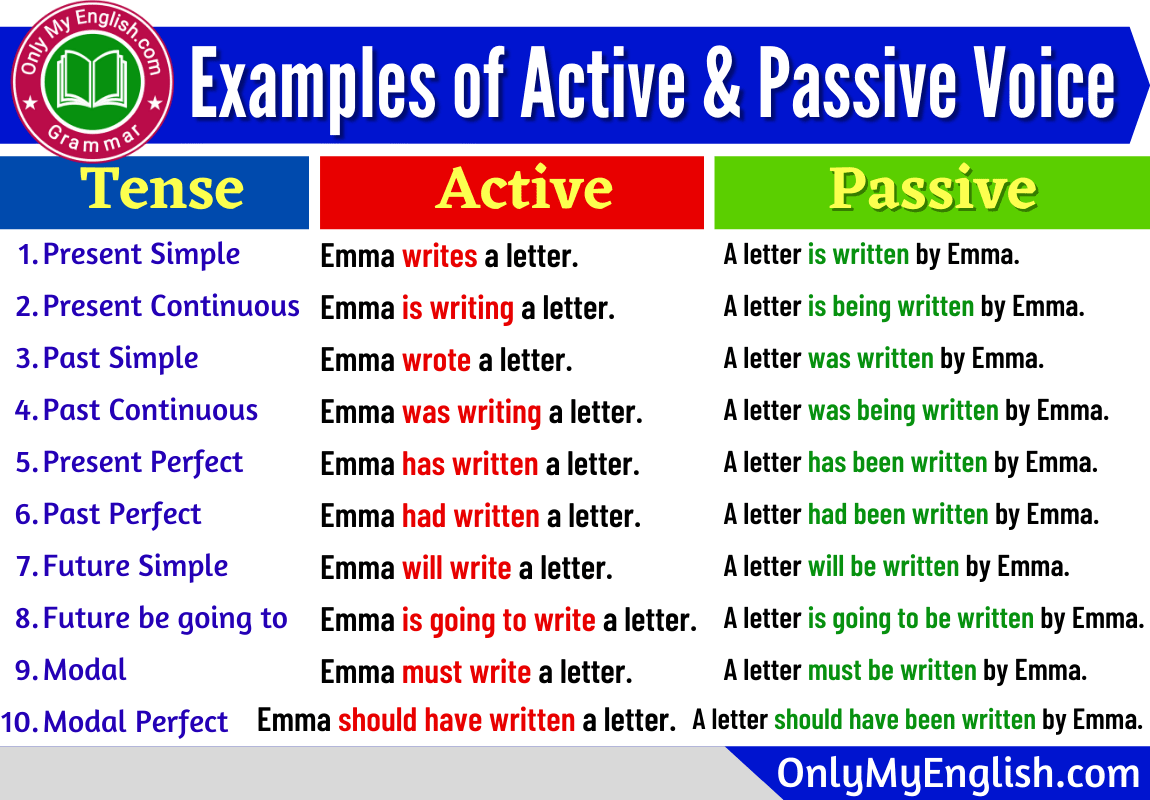When it comes to writing, understanding the difference between active and passive voice is crucial. Active voice is when the subject of a sentence performs the action, while passive voice is when the subject receives the action. Both have their own uses, but it’s important to know when to use each one effectively.
Active voice is generally preferred in most forms of writing as it is more direct, concise, and engaging. Passive voice, on the other hand, can be useful in certain situations where the focus is on the action rather than the doer. By mastering both, you can enhance the clarity and effectiveness of your writing.
Active vs Passive Voice
In active voice, the subject performs the action, while in passive voice, the subject receives the action. Let’s look at some examples to understand the difference:
Active Voice: The cat chased the mouse.
Passive Voice: The mouse was chased by the cat.
Active voice is more straightforward and engaging, making it ideal for most types of writing. Passive voice, however, can be useful in situations where the doer is unknown or less important.
When writing in active voice, the subject is the doer of the action, leading to clearer and more concise sentences. Passive voice, on the other hand, can sometimes sound awkward or less direct, making it less preferred in many cases.
By understanding the differences between active and passive voice, you can improve the quality of your writing and effectively convey your message to your audience. Practice using both forms of voice to become a more versatile and skilled writer.
In conclusion, active voice is generally preferred for its clarity and directness, while passive voice can be useful in specific contexts. By mastering both, you can enhance the effectiveness of your writing and communicate your ideas more effectively.
